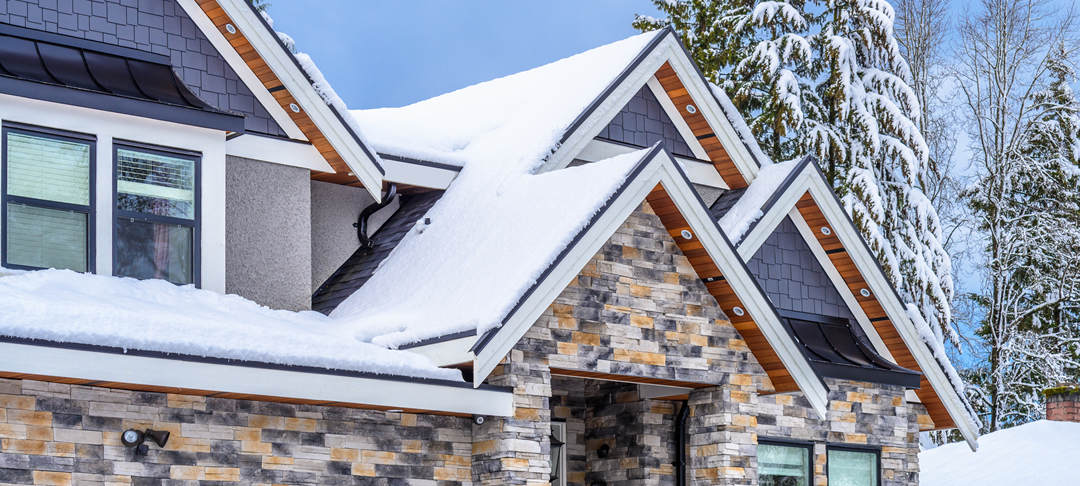How to Keep Your Kitchen Knives Sharp for Years
:max_bytes(150000):strip_icc()/how-to-care-for-knives-3x2-1-e5d8e5fd84ca446f89dcd3d678d1acd9.png)
Key Takeaways
- Regular honing and timely sharpening ensure knives cut efficiently and safely.
- Hand washing and drying knives prevent early wear and rust.
- Storing knives properly avoids accidental blade damage and injuries.
- Soft cutting boards and proper techniques help protect your knife’s edge.
Sharp kitchen knives aren’t just a luxury for chefs—they’re a must-have for every home cook aiming for efficiency, safety, and precision in the kitchen. Regular care and the right habits can keep blades sharp year after year, preventing frustrating slips and improving your culinary experience. One of the best ways to achieve this is by finding a reliable knife sharpening Boston or honing your own maintenance routine at home for lasting results. A well-maintained blade enhances safety and efficiency in the kitchen, while dull knives can lead to injuries due to the need for excessive pressure. Proper knife care, including routine cleaning, proper storage, and correct cutting techniques, extends the lifespan of blades and improves edge retention. Additionally, professional tune-ups are advised annually or semi-annually for regular users to ensure optimal performance.
Regular Honing and Sharpening
The cornerstone of knife care is understanding the distinction between honing and sharpening. Honing realigns your knife’s edge, correcting the microscopic bends that occur with use. Honing steels are the preferred tool, and a quick hone is generally recommended before or after each use. As Consumer Reports highlights, using a honing steel regularly means you’ll sharpen your blades less often.
Sharpening, conversely, removes a thin layer of metal to create a new edge. Most home cooks find that sharpening every few months—using a whetstone for the best results, or an electric sharpener for convenience—is sufficient to keep their collection in prime cutting condition. Always follow the manufacturer’s guidelines for the best results and safety.
Proper Cleaning Practices
Knives should always be cleaned by hand under warm, soapy water as soon as you’re finished using them. Placing kitchen knives in the dishwasher can quickly dull their edges due to heat, vibration, and harsh detergents. Additionally, wooden handles are prone to splitting or warping when subjected to moisture and heat.
Equally important is drying your knives immediately with a soft cloth. This prevents rust and stains, particularly in high-carbon and stainless steels, preserving the finish and reducing the chance of contamination.
Appropriate Storage Solutions
Storing your knives properly protects the blade and keeps your kitchen safe. The most popular options are knife blocks, which prevent blades from knocking into each other or other utensils, and magnetic strips, which mount to the wall and free up valuable counter space while keeping each knife visible and easily accessible.
If you keep knives in a drawer, always use a dedicated knife drawer insert or blade guards to safeguard both the edge and your hands as you search for what you need. Never leave knives loose in a drawer, as this leads to blade chips and potential injury.
Choosing the Right Cutting Surfaces
The board you use has a direct impact on how long your knives stay sharp. Soft surfaces, such as wooden or plastic cutting boards, offer the best protection for your blades. These materials absorb some of the impact of cutting, preventing nicks and prolonging sharpness.
Cutting on hard materials such as glass, granite, or ceramic is highly damaging to knife edges and should be avoided. These surfaces can dull or chip a blade in just a few strokes, dramatically shortening your knife’s lifespan.
Using Correct Cutting Techniques
Technique matters just as much as tools. Always use the correct knife for each job—a paring knife for detail work, a chef’s knife for chopping, and so on. This prevents excess stress and uneven wear on individual knife edges.
In addition, let the weight and sharpness of the knife do most of the work. Applying excessive force is unnecessary and increases the risk of damaging your knife, your cutting surface, or injuring yourself. Practice smooth, even strokes and learn the best techniques for different tasks to maximize both the effectiveness of your knife and your safety.
Professional Maintenance
Even with meticulous home care, professional sharpening services are sometimes necessary, especially for high-quality or specialty knives. Seasoned professionals use specialized tools and expertise to restore edges that home methods can’t fully address, bringing your knives back to like-new performance.
Many local knife shops offer sharpening as well as classes or demonstrations on best practices. Building a relationship with a trusted knife expert ensures that your most valuable tools remain in optimal condition.
Avoiding Common Mistakes
Some habits can significantly reduce the lifespan of kitchen knives or cause them damage. Avoid using kitchen knives for non-food purposes, such as opening boxes, prying cans, or cutting hard plastics, as these actions can easily chip the blade or ruin its edge. Additionally, it is essential to address any signs of rust immediately, since even high-quality stainless steels can rust if not correctly maintained. To remove rust, use a soft sponge and a gentle cleaner at the first signs of rust spots. Follow this with thorough drying and proper storage to prevent future issues.
Conclusion
Caring for your kitchen knives doesn’t need to be complicated or time-consuming, but consistency is essential. By honing and sharpening regularly, cleaning and storing blades carefully, selecting the right surfaces, and seeking expert help when needed, you can protect your investment and enjoy sharp, reliable knives for years to come. Adopting these habits will not only improve the way you cook but also keep your kitchen safer and more efficient daily.



